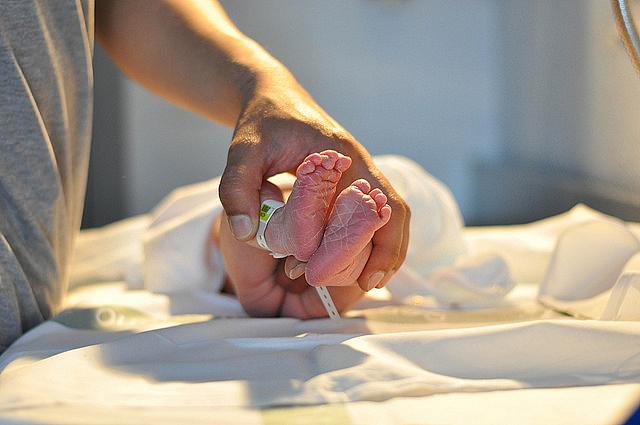When it comes to childbirth, Healthcare Compare focuses on the wrong things

If you are pregnant and considering where to give birth to your child, what matters most to you?
Having been through the experience twice with my wife and knowing so many others who have given birth, I can say that the top concern of most expectant mothers is the health of their child.
Some aspects of the child’s health are out of the control of the obstetrician and the delivery team, and mothers know that. There's a genetic lottery, for sure. But so much can happen between conception, birth, and immediately after that can greatly affect the fate of a child. At each point along the way, there are steps that can be – and are – measured and tracked. And there's a huge value in knowing how well health centers perform at each of these different steps.
I'm sorry to say that the new California Healthcare Compare site, which I profiled last week, provides people with very little information about what matters. Instead it does what a lot of measurement efforts do: It measures what is most immediately available and uses that as a stand-in for overall health care quality.
The site focuses almost exclusively on a seemingly important but ultimately tangential set of metrics: C-section rates and breastfeeding.
I looked up the hospitals in the area where I used to live – the 92701 zip code in Santa Ana, Calif. Based on how the website calculates ratings, not a single hospital in the area received the top overall quality or patient experience score of 5. Instead, three hospitals earned a 4. Seven hospitals earned a 2, including the one where my oldest daughter was born. And one hospital earned a 1.
If you were to avoid having your child at St. Joseph Hospital, which earned a 2, you would be basing your decision on measures that are far outside the core concerns for most parents.
There are only five things that go into the ratings — three things that hospitals should avoid and two things that hospitals should do well.
1. The percentage of first-time moms who had a C-section at this hospital. This measure does not include women who had a prior C-section or who had multiple babies in that delivery, delivered pre-term, had a delivery where the baby was in an abnormal position (for example, feet first or face up), or a delivery where the baby died.
2. The percentage of women who had an episiotomy (excluding shoulder dystocia), which is a surgical cut used to enlarge the vaginal opening.
3. The incidence of infections contracted by patients following a C-section at the hospital, as compared with national benchmarks published by the CDC.
And here’s what they want to see more of:
4. The percentage of women who had a previous C-section and delivered vaginally in a subsequent delivery.
5. The percent of newborns exclusively fed breast milk during the newborn's entire hospitalization.
Note that three of the five of these measures have to do with C-sections. There are nearly 4 million births in the US every year. Only a third of them are delivered by C-section. While that rate is still high compared to other high-income countries, this means that most of the measures in the California Healthcare Compare site don’t apply to most of the women giving birth.
Now, what about episiotomies? Well, they don’t happen often enough to represent one-fifth of all births, either. Recent studies have shown that they are on the decline, from as high as 17% of all vaginal births down to as low as 12% more recently. If most women are never going to experience an episiotomy, this doesn’t seem like a metric that should carry so much weight in a hospital’s score.
Really, the only measure of these five that could be generalized to most of the women giving birth would be the percentage of newborns exclusively breastfed right after being born.
But this has its own problems. For one, not all mothers are able to breast feed right away. That’s why there are people who make careers out of providing breastfeeding advice. But, more importantly, breastfeeding is just one of many different components that factor into whether a mother and child start a healthy life together.
In my next post, I’ll explain some of the measures that would provide a better sense of whether a hospital is doing a good job delivering health babies – and ensuring mothers are healthy, too.
[Photo by sopasnor via Flickr.]

